It’s not a revolution, but the first tests of the iPhone 13 Pro and 13 Pro Max show how the iPhone has improved everywhere: photography, video, performance, screen, battery life …
The iPhone 13 Pro will be delivered to early buyers in a few days and Apple’s embargo has been lifted for early media. Several American media, but also French, published their tests. Let’s take a closer look if things have really changed on the iPhone 13 Pro as well as the Apple 13 Pro Max.
This year, the iPhone 13 Pro and Pro Max are very similar. The only differences between these two models are their screen sizes, 6.1-inch and 6.7-inch respectively, battery life, and device weight, as the Pro and Pro Max have identical camera systems this year.
ProMotion: finally!
Let’s talk directly about the topic that interests us the most. ProMotion, the technology ofiPad Pro, arrived on the iPhone 13 Pro. Basically, the OLED screen can vary its refresh rate between 10 and 120 Hz depending on the content displayed. This saves battery power when viewing a still image, but it makes the experience smoother when you slidez pages from your favorite media or playing an action game.
The good news is that this change from fixed 60Hz to an adaptive 10-120Hz rate is remarkable. The first testers realize, the content seems more fluid as noted by journalist Dieter Bohn on The Verge.
It is an enhancement that will only have explicit significance for a few of us, but will subtly make life more enjoyable for all who use it. On the other hand, the battery life is not that subtle.
Fluidity is the word that comes up most often, as explained our colleague Julien Cadot on Numerama.
The fluidity is perfect in menus, apps and on the web: we no longer come across “tearing of the image” or blurring of fonts when the scroll is too fast. The real mastery is having a screen that isn’t 120Hz all the time, but that adjusts perfectly to what you’re doing. The 120 Hz is only there when scrolling occurs (scroll, etc.) or a video game takes advantage of it.
It is true that it seemed illogical that the fastest smartphone in the world, its Apple A15 Bionic chip set records in all benchmarks, was constrained by a 60 Hz screen. Interestingly, all applications seem to benefit from these changes. , without requiring an update.
In short, the animations are smoother, even mundane things like scrolling through your content stream can seem smoother, as noted CNET US. This is exactly what we have seen for years on Android smartphones where we find 90, 120 and even 120 Hz screens.
Too bad on the other hand that the iPhone 13 and 13 mini continue their journey with a 60 Hz screen, while Xiaomi has just announced the Redmi 10 with adaptive 90 Hz for less than 200 euros. Apple has to justify the differences that there may be between iPhone 13 and 13 Pro.
Autonomy among the best
Apple announced an increase in the autonomy of its iPhones during the keynote. It is rare to underline it, it is often necessary to be satisfied with an autonomy similar to the previous generation. There, Apple mentioned 1 hour and 30 minutes for the iPhone 13 Pro and 2 hours and 30 minutes for the iPhone 13 Pro Max, without specifying the quantity of batteries used. Concretely, they are heavier, but the battery of the iPhone 13 Pro is 11% more important on the 12 Pro, and 18.5% on the iPhone 13 Pro Max compared to the 12 Pro Max.
Few of the media carry out technical autonomy tests, they just compare the experience they can have with their previous phone. 01net carried out a technical comparison, which gives a better idea of the real autonomy gain.
| Versatile autonomy | Video streaming autonomy | |
|---|---|---|
| iPhone 13 Pro | 7:18 p.m. | 5:41 p.m. |
| iPhone 12 Pro | 5:46 p.m. | 11:53 |
| Difference in favor of the 13 Pro | 1h32 | 5h48 |
As you can see, the autonomy is really more important compared to the previous generation. When compared to Android smartphones, the iPhone is now one of the best students. Which was not the case a few years ago.
The pro of the photo?
Apple has smoothly evolved its cameras, but this is certainly where we have the greatest expectations. Indeed, among the novelties, they announced a sensor with larger photosites, which makes it possible to recover more light, as well as the Cinematic on video. Finally, the telephoto zoom has gone from x2 to x3 to be more suitable for portraits.
The Verge and Numerama have published several pictures that compare the same photos taken with the two generations of iPhone. In night mode, the iPhone 13 Pro does better… but the differences are not really visible on the smartphone screen. You must display the photo on a large screen. It is therefore not an improvement that will jump to the eyes, we are talking more about an iteration here. Same observation on the ultra wide-angle, the improvement is there, but it is not spectacular.
In fact, what seems to be the most desirable with the iPhone 13 Pro is the macro photography which is now possible thanks to the ultra wide angle. You can shoot a subject about 10 centimeters away, but the iPhone crops to make it look like you’re up to… 2 centimeters. It is therefore not a camera dedicated to this use, like what we can see in the competition, but it allows you to take some pictures fun, as it says so well The Verge.
The x3 mode is undoubtedly the good surprise: this camera is particularly suitable for portraits. You don’t have to always turn on portrait mode to take good shots, especially since this camera now works with iPhone night mode. We can see a bit of bokeh natural on the pictures of Numerama and The Verge.
You can also have much richer profiles than before. Instead of the classics (strandard, rich contrast, hot, cold…), you can touch the sliders to create your modes which then become a default entry for the Camera app. If you want the rich colors of the photos of a Samsung, you will have to select Vibrant.
The mode Cinematic is a portrait mode for video. Apple is not the first to offer this function, however we can expect the American brand to have a good result. Basically, you can shoot with bokeh, the iPhone takes care of creating it automatically. Either you focus yourself by tapping on the screen, or you let the smartphone automatically recognize subjects in real time.
It seems rather effective but we end up with the same problems as the portrait mode in photo. Already, it works poorly in low light. Additionally, there may be some weird cutouts as CNET explains. This is the case around the hair for example.
Finally, this mode works in Full HD at only 30 fps. Besides, you can change the focus in post-production, but only on the iPhone. Information is lost if you edit your video with software like Final Cut. A priori, Adobe or Lumafusion will be able to retrieve the information to integrate it into their software… but this is not yet in place.
It is a mode intended for amateurs in a non-professional setting, it will take a few more years to obtain an impeccable result. Apple tries to explain it in video, The Verge explains professionals will not use this mode to create videos.
So, what to conclude?
Overall, as you would expect, the ratings are very good. The Verge gave the note of 9/10, mentioning the improvement of the photo / video, autonomy and the arrival of ProMotion. Apple did not miss its iPhone 13 Pro, Numerama gave it a score of 5 out of 5. All the media and specialists agree that they are very good smartphones. They are, despite everything, iterations of the previous generation. Apple has not created a revolution with these models which come to refine a recipe that is already working very well.
The main criticism comes from the non-evolution of its connections as well as its slightly aging design. It’s true, it remains confined to Lightning, which is not very professional given that the iPad Pro and MacBook Pro have switched to USB-C. While the notch, even if it has undergone a small regime, remains very visible. As for the Apple A15 Bionic chip, unsurprisingly, it is very powerful.
The macro and cinematic modes still seem very gadget, these are modes that you can use occasionally. The other review that we could read is that of the selfie camera with which we get average results, despite the huge notch that accommodates it.
As of yet, some aspects of the iPhone 13 Pro have not been mentioned or tested. This is the case, for example, with the arrival of ProRes in video.
We advise you to read the following tests but also to watch the videos below, while waiting for the tests and videos from the Frandroid team.
Videos
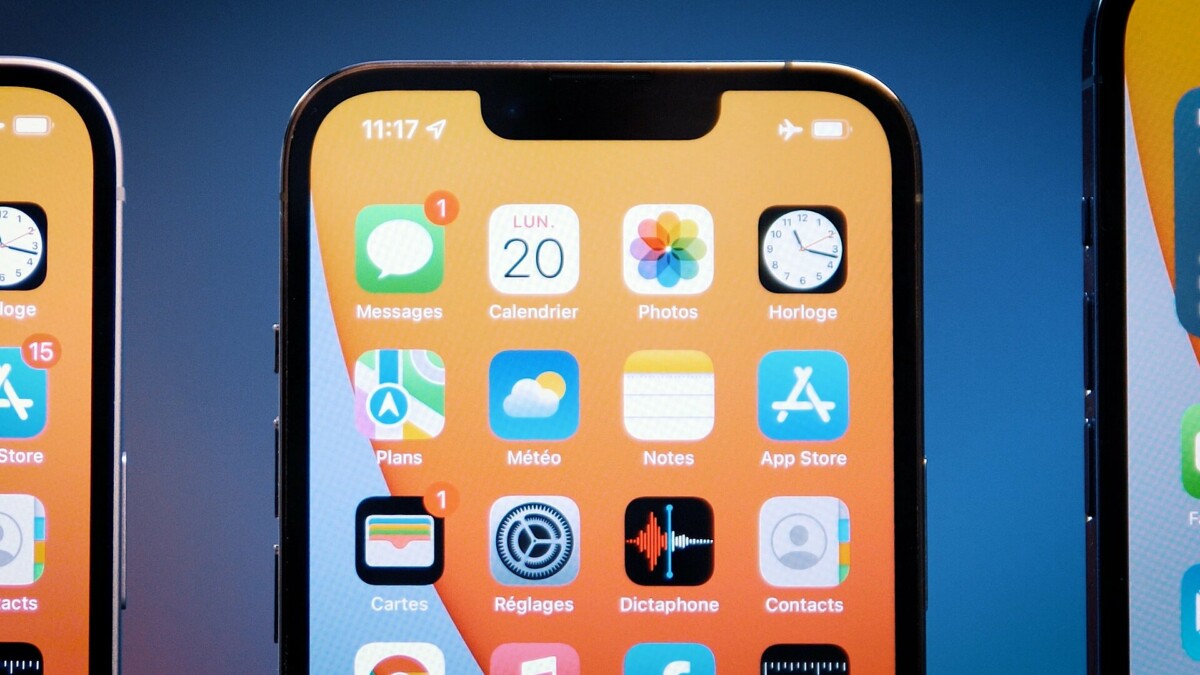
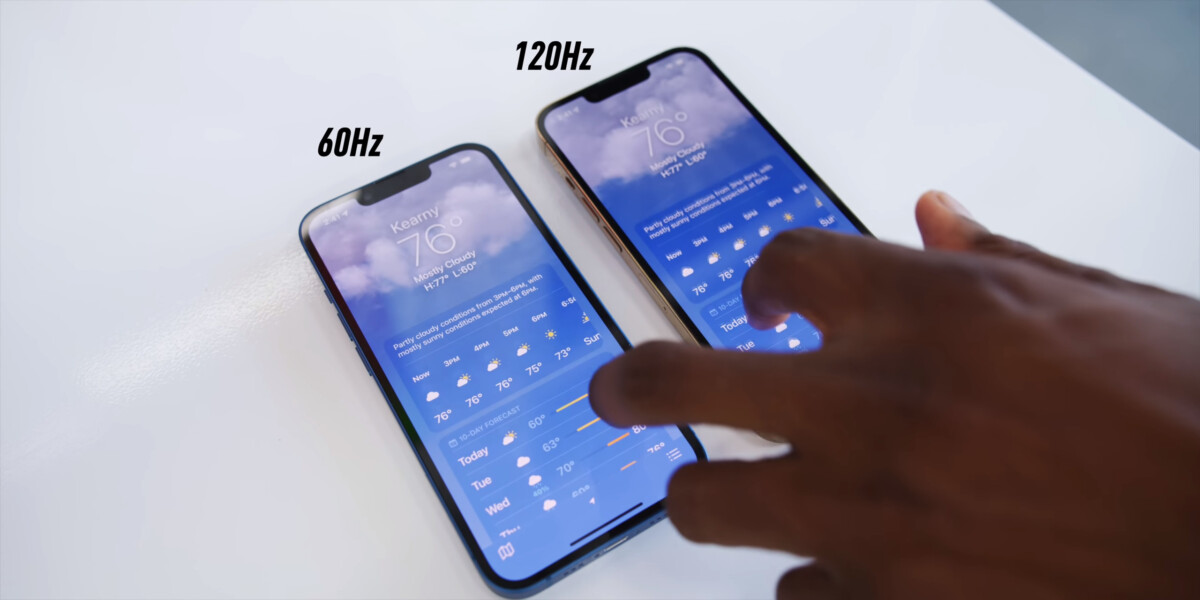

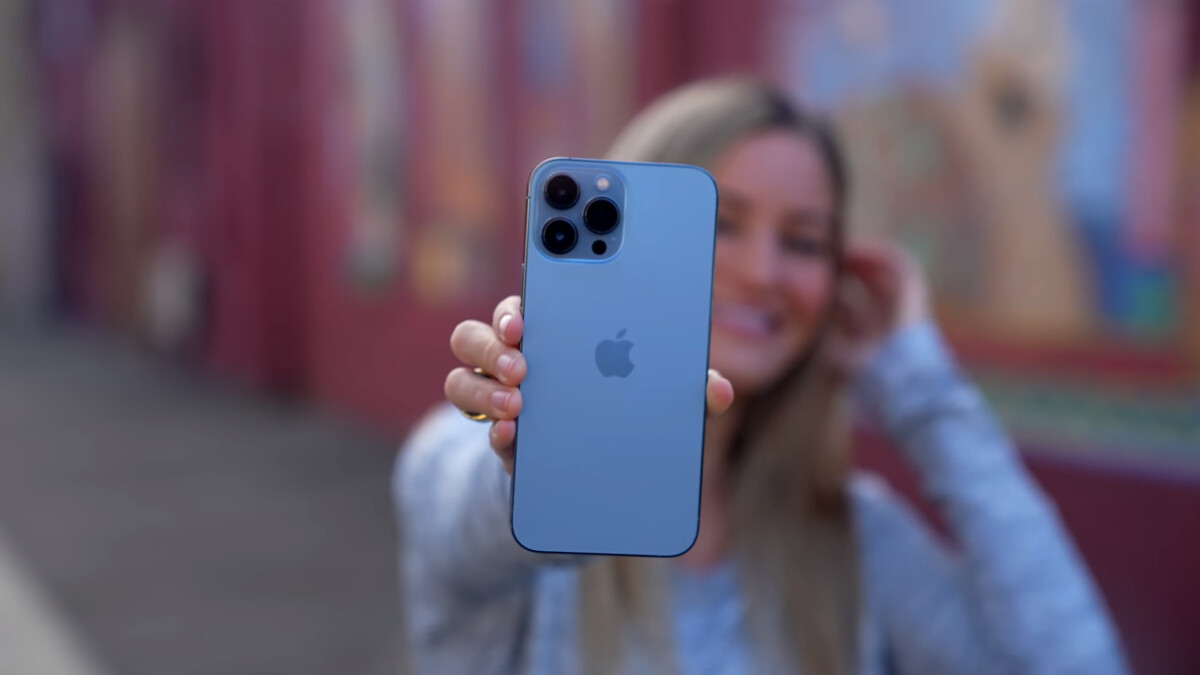
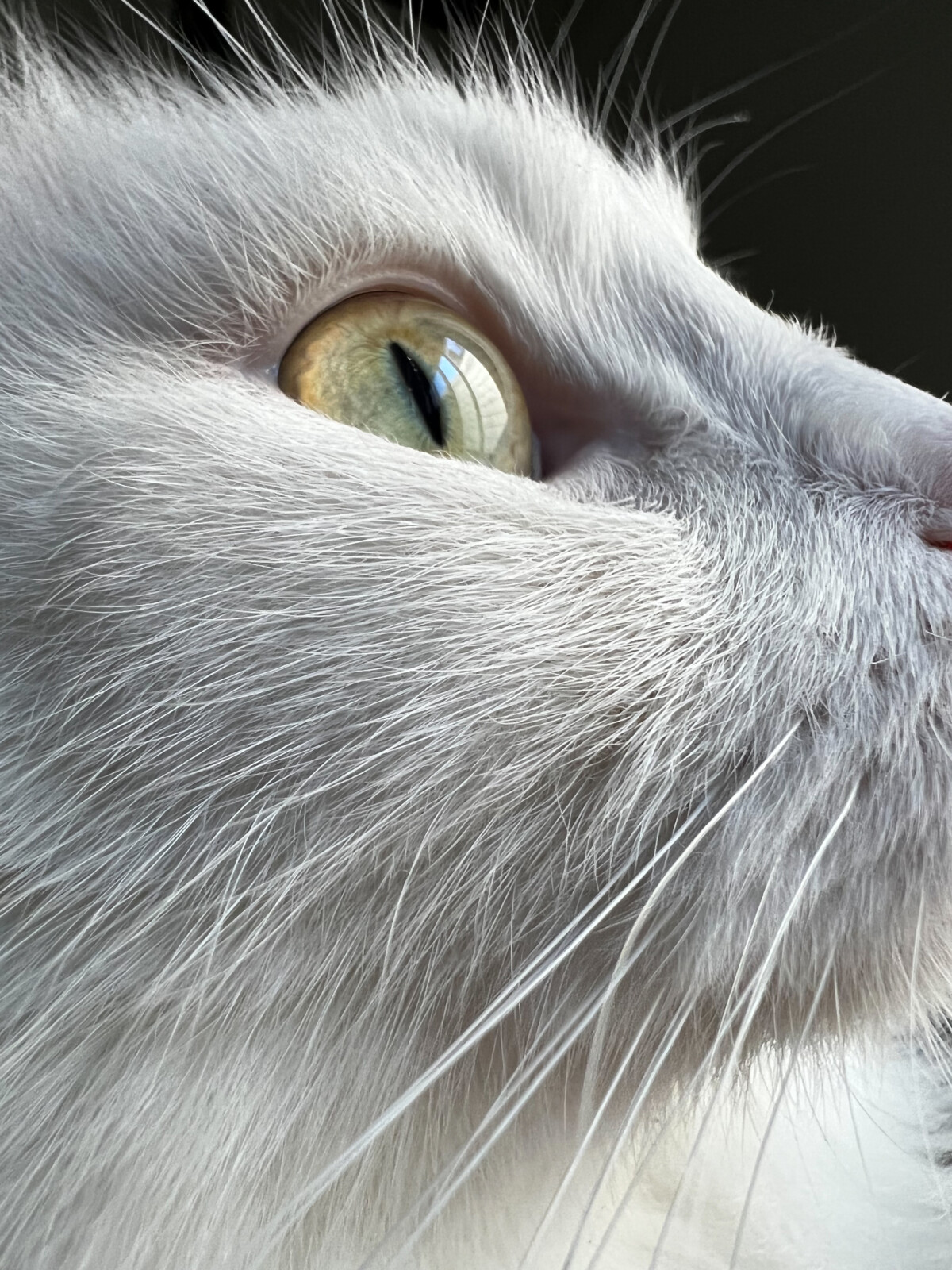
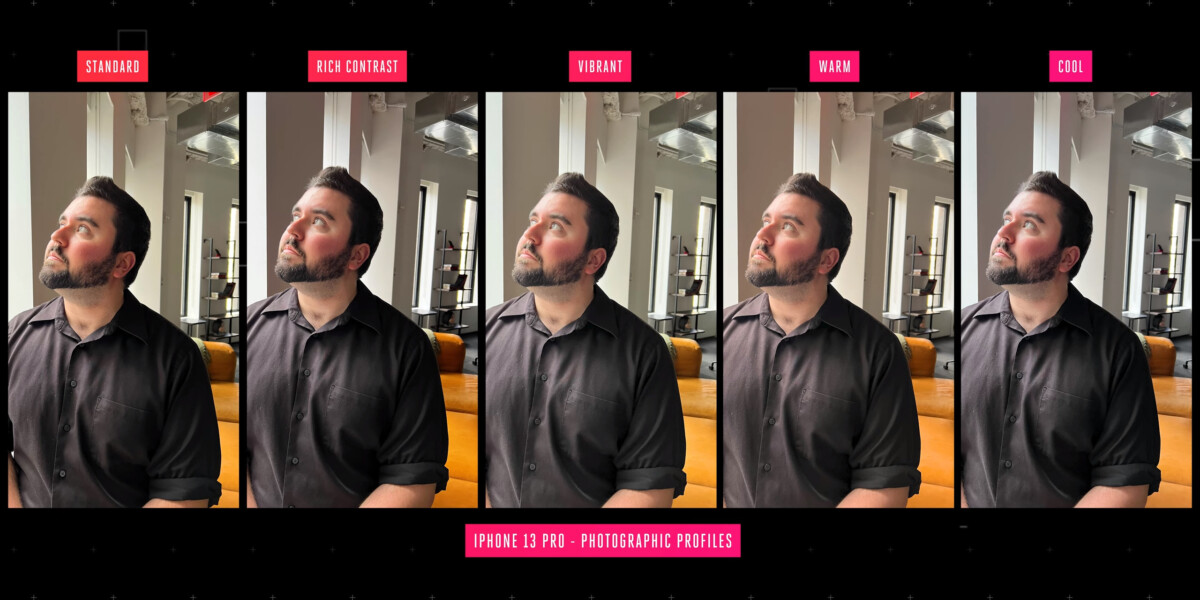
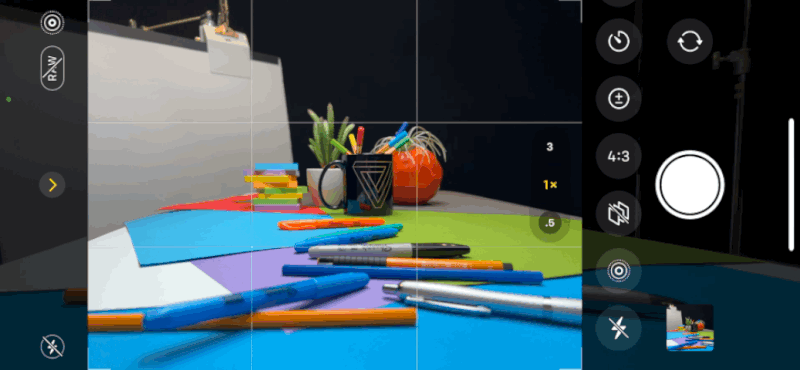
Download Alkpote – Ogre Album Mp3 Zip
Download Various Artists – Elden Album Mp3 Zip
Download Kenny Matthews – Know I.D. Album Mp3 Zip
Download K.A.A.N. & Smuff Tha Quiz – Kaizen, Pt.2 Album Mp3 Zip
Download Amir P – Impfstoff – EP Album Mp3 Zip
Download Ólafur Arnalds – When We Are Born – EP Album Mp3 Zip
Download Lorne Balfe – Black Widow (Original Motion Picture Soundtrack) Album Mp3 Zip
Download Harald Björk, Extrawelt & Adrian Lux – Sketch On a Feeling – EP Album Mp3 Zip
Download José Manuel Figueroa – En Vivo Desde La Yeguada Cincuenta Album Mp3 Zip
Download Omega El CTM, Jbeat & Dj Akrylik – Beats de Kulto Album Mp3 Zip
Download Look at Eric – No Pressure Album Mp3 Zip
Download Various Artists – Elden Album Mp3 Zip
Download Xevia – JetSet 2020 Album Mp3 Zip
Download Old Moon – Altars Album Mp3 Zip
Download Kenny Matthews – Know I.D. Album Mp3 Zip
Download Foodman – Yasuragi Land Album Mp3 Zip
Download Sam Roberts & The Levites Assembly – Strength for the Journey Album Mp3 Zip
Download Nusky & Dante Sito – Antipop Album Mp3 Zip
Download St Germain – Extra Cabin Baggage Album Mp3 Zip
Download Bolémvn – Anarchiste Album Mp3 Zip
Download Sam Roberts & The Levites Assembly – Strength for the Journey Album Mp3 Zip
Download Minyo Crusaders – Live at Le Guess Who? Album Mp3 Zip
Download Noema – Mind at Large Album Mp3 Zip
Download Ólafur Arnalds – When We Are Born – EP Album Mp3 Zip
Download Jairzinho – Eros Album Mp3 Zip